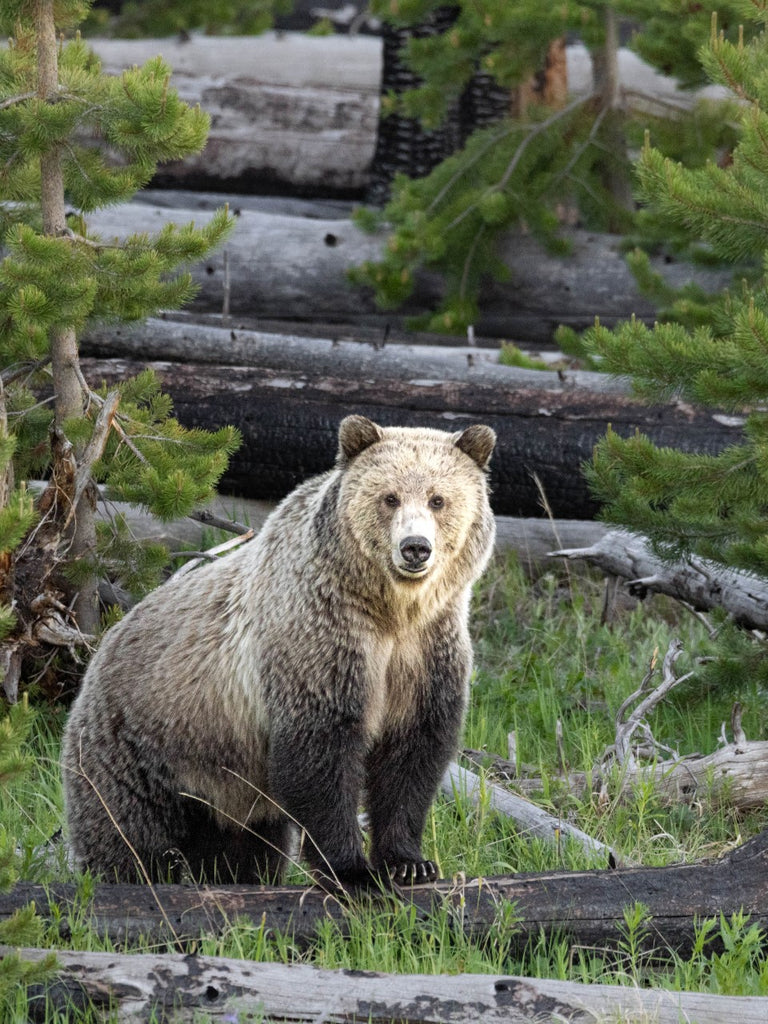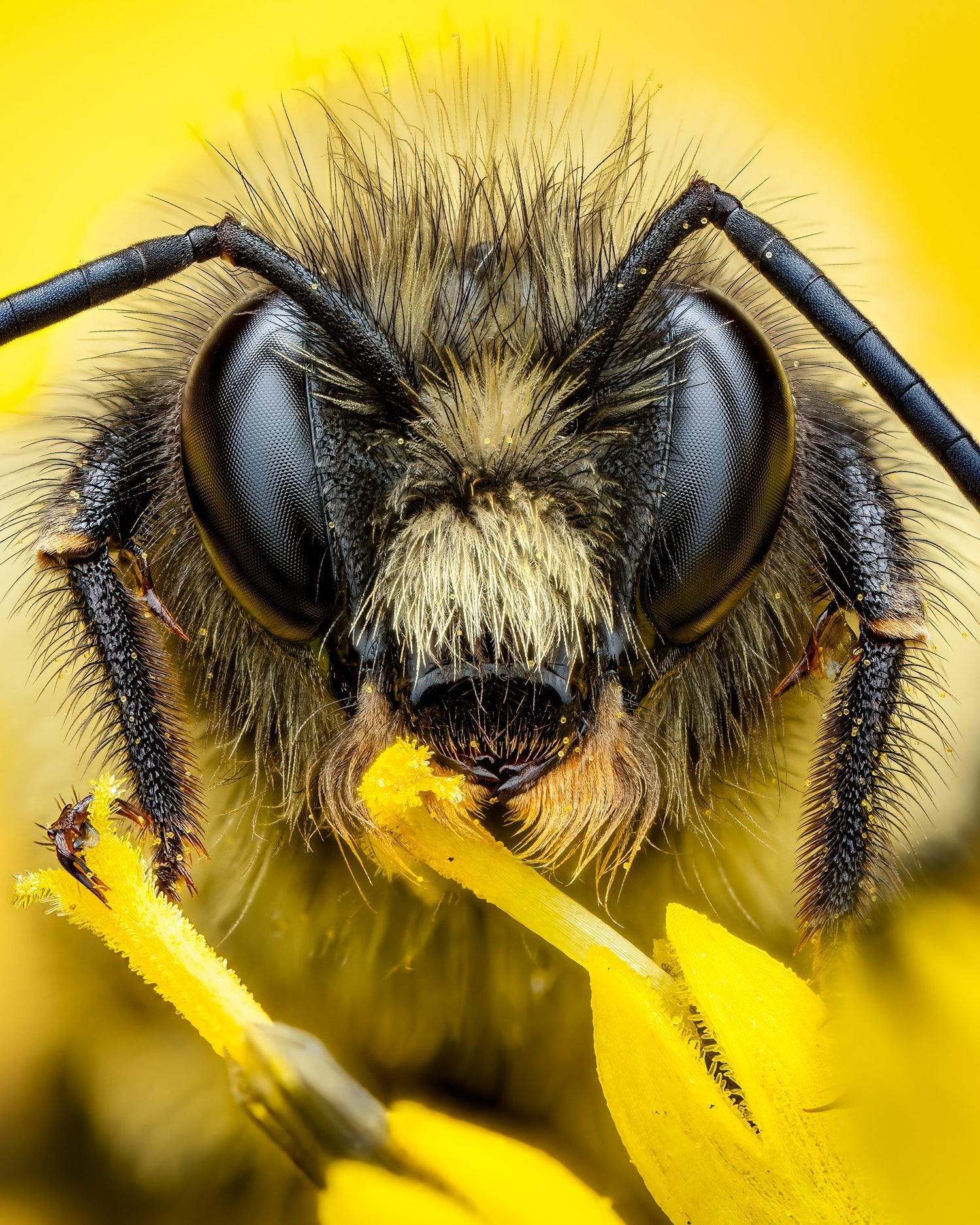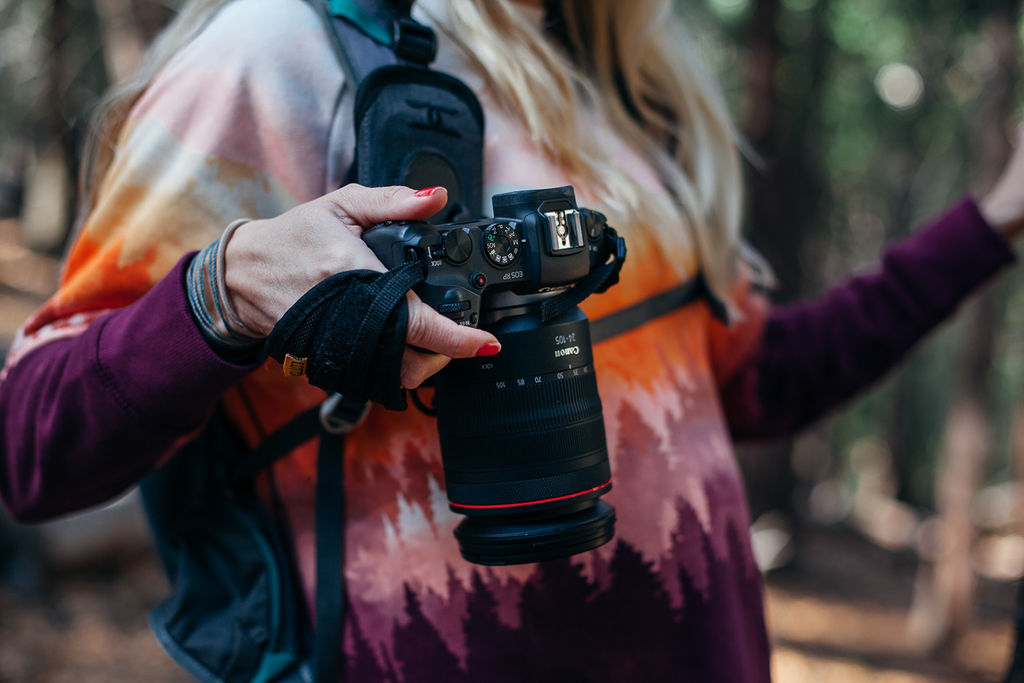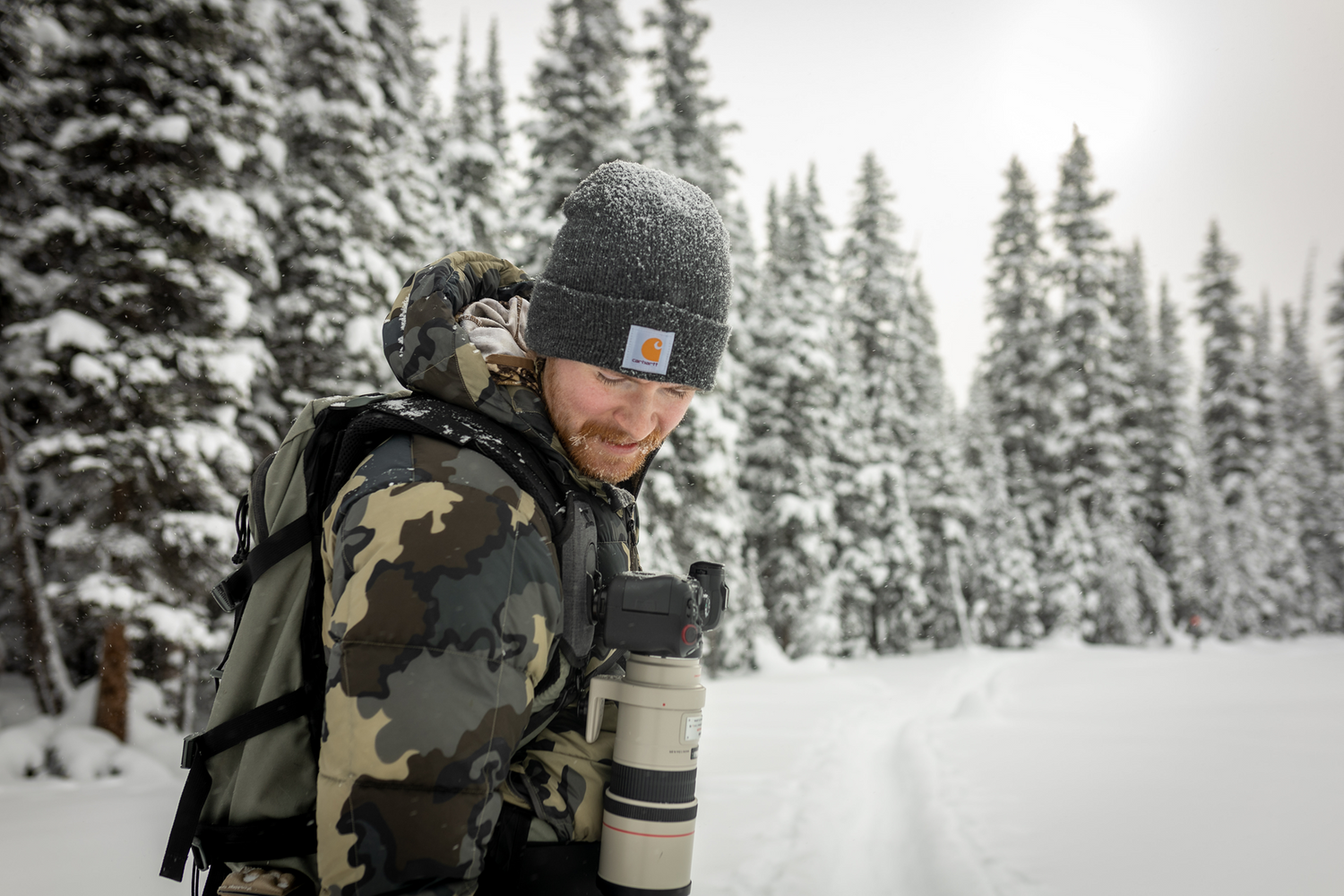What happens when the forest is right in your backyard? Your weekend trip becomes a dive into the depths of natures splendor. A connection that is rarely forgotten throughout ones life, and keeps pulling us back again. Julia Cook knows this feeling all to well with Yellowstone National Park as her neighbor. Giving her the subject and motivation to pick up her camera and dive head first into some of the most beautiful places on our earth. Without further ado, we present our latest installment in our interview with a photographer series, Julia Cook!
Cotton Carrier: Where do you call home?
Julia Cook: Home for me is Cody, Wyoming, less than an hour from Yellowstone. I have grown up there and it has really shaped my love of nature and the outdoors. As a kid a I loved anytime spent in Yellowstone, from weekend family drives or summer days spent on Yellowstone Lake fishing. During the school year I’m based out of Laramie, Wyoming where I attend the University of Wyoming studying Environment and Natural Resources.
CC: How long have you taken photographs for unprofessionally and professionally?
JC: I’ve always loved taking photos and capturing fun memories with friends and family or documenting my travels. I didn’t start really pursuing photography until spring of 2020; my college classes switched to fully online amid the pandemic, so I had more free time to get out and reconnect with the places I loved as a kid, including Yellowstone.

CC: How would you define your style as a photographer?
JC: I wouldn’t say I have a specific style, or at least not a style I consciously think about when I’m shooting. However, I do try to capture images that show the wildness and unique personalities of native wildlife that can hopefully inspire others to contribute to conservation or motivate them to take a closer look at their local wildlife.
CC: Have you ever gone to photography school?
JC: I’ve never had any formal photography training. There was a learning curve at first in terms of how a camera operates and the appropriate settings to use, but I think being self-taught has allowed me to find my own style of photography without feeling confined to the “rules” of photography.
CC: Where is your favorite place or thing to shoot?
JC: Yellowstone is my favorite place to be, whether I’m photographing or not, and my favorite subject is without a doubt grizzly bears. They have such unique personalities and expressions; something about them is almost human-like. There’s one bear in particular in Yellowstone that is exceptionally carefree and independent, I almost see parts of myself in her. Any time I spend photographing her is really special and meaningful for me.

CC: What Camera(s) / Lenses do you use?
JC: I use the Canon R5 parried with the Tamron 150-600mm. For me it’s the perfect set up, especially for wildlife photography. I love the electronic viewfinder on the R5, as well as the animal eye autofocus. The Tamron 150-600 has been the perfect lens; it gives me a good focal range to adapt to any wildlife scenario and is lightweight, so I don’t have to use a tripod. Before I upgraded to the R5, I was using a Canon 80D which was a great camera to learn photography with.
CC: What’s the craziest thing you’ve ever done to get “The Shot”?
JC: I haven’t done anything too crazy for a shot by wildlife standards, but I think my friends who are not photographers would say I have. In both the fall of 2020 and 2021, I gave up a “normal” college experience and took online classes to spend time in Yellowstone. While most of my friends were going to football games and parties, I was in the woods in Yellowstone with the bears and other wildlife, doing what I love. To most people that seems a little crazy or odd, but I don’t regret it at all.

CC: Who has inspired you as a photographer?
JC: For me, my biggest inspiration has always been the wildlife itself. I have always loved animals, and photography has become a way for me to interact and connect with wildlife to a greater extent. I was initially drawn to wildlife photography because of my love of animals, and I am constantly inspired by the wildlife I watch and try to convey their wildness within my photography.
CC: What advice would you tell an aspiring photographer?
JC: I think practicing as much as possible helped me improve more than anything. I spent a lot of time in the beginning photographing my dog Beach playing in the yard learning how to track a subject, when to use different settings, and just becoming familiar with my camera; now that it has almost become second nature, I can focus more on the composition and story I want to tell within an image. YouTube can also be a great resource to learn how your specific camera model operates. It can be hard to see improvement at first but looking back at some of your first photos can be really inspiring.

CC: Can you share a photographic resource you personally use?
JC: Though it’s not specific to photography, the best resources have been books and guides on animal behavior. Knowing your wild subjects can greatly increase your chances of success in the field. When a certain species is most active, their habitat, and overall behavior are all things to keep in mind when trying to photograph wildlife. Currently I’m trying to improve my bird identification and knowledge and have been using the Western North America edition of the Sibley Field Guide to Birds; you can find field guides for birds and mammals for your specific region, which is a great resource to have on hand.
CC: How has photography shaped your day to day?
JC: For one, I spend almost every day thinking about photography and the wildlife I photograph. It has really helped motivate me, especially when I am in school. I’ll use my love of photography to motivate me to complete assignments early, and reward myself with a day spent out in the mountains looking for wildlife. In short, wildlife is almost always on my mind.
CC: Where has photography taken you, and made you experience?
JC: For me, photography has allowed me to connect with and experience places I already loved on a deeper level. Before really becoming passionate about wildlife
photography, I would visit Yellowstone a couple times a year, but now I spend far more time there (in 2021 I spent 72 days in Yellowstone). Photography has also made me slow down and become more observant towards the world around me. I find myself noticing something new every single time I visit Yellowstone. I have also had some incredible experiences through photography and met some of my closest friends because of it. I love meeting people out in the field who all share the same passion for wildlife; it’s a unique experience and never gets old.

CC: Any exciting photographic events in coming up you’d like to share?
JC: Right now, I am most looking forward to the reopening of Yellowstone’s East Gate the beginning of May. It has been a long winter, but after the road is open, I will spend most of my time in the park photographing wildlife. In late summer I will be moving to Alaska for a few months to spend all my time photographing wildlife. I have always loved Alaska, though I have never been before, and am beyond excited to photography Alaska’s wildlife, including hopefully some new species for me like puffins, dall sheep, and caribou. Of course, I also can’t wait to photograph Alaska’s bears!
CC: Anything else you’d like to add?
JC: I’d just like to add how much I have enjoyed using my Cotton Carrier. I’m often out in the field crawling over fallen logs or hiking up rocky terrain in search of wildlife, and now I feel freer to move around easily without worrying about my camera. It’s allowed me to move more like the wildlife in the best ways!
Prints are available for purchase on my website littlelightningnature.com. Check out my Instagram at julia.littlelightningnature for updates and the most recent wildlife photos; feel free to reach out via Instagram DM with any questions about photography!




